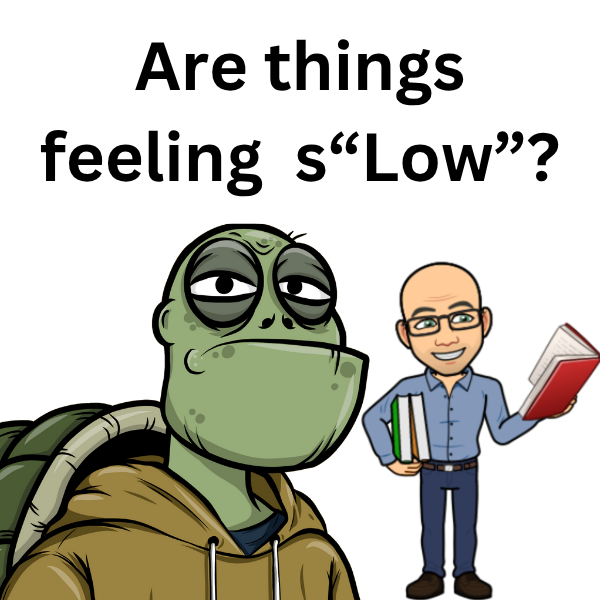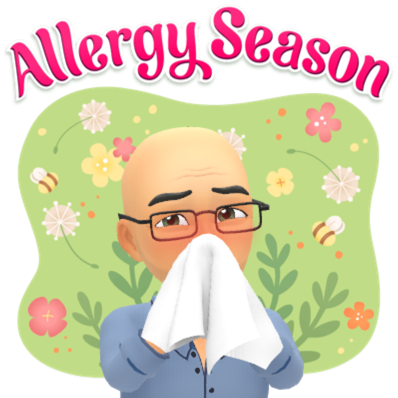Let’s face it, stress is a part of life, and over time this can wear on one’s health if it’s not properly managed. Estimates suggest that over 65% of adults deal with some form of stress. In situations like these with the coronavirus, it can escalate even more.
Our bodies are amazing machines and the way we respond to stress is a normal and vital part of our bodies function. You have all heard of the “fight or flight” response which essentially is a surge of adrenalin and cortisol, by our adrenal glands, to get us through a highly stressful time. It is normal until it becomes excessive. Some things we can’t control in this process but here are some things to consider.
We need adequate amounts B vitamins especially B12, B6 and B5 to support our adrenal glands and without these vitamins, their ability to function can suffer. Several medications can deplete our B vitamins including oral contraceptive and proton pump inhibitors like omeprazole. The first thing you might consider if you are struggling with stress is to work with your practitioner to look for other options to these medications or to supplement with a quality multivitamin.
The issue of stress is no different than the many problems that people deal with daily. Our bodies are always struggling to find homeostasis, a fancy word for “balance”. Achieving this balance requires us to do the things necessary in aiding our bodies. In a nutshell, we need to feed the body and then get out of the way and let it do its work.
How do we best take care of our bodies in times of increased stress? We do that by feeding our body nutrients in the form of good food. I am amazed that when I enter a grocery store during these coronavirus times, that the shelves of processed foods are almost entirely wiped out yet the food that we need to be eating, fresh fruits and vegetables, are abundant in the store. Processed foods are loaded with sugar and preservatives, both of these are a drain of our immune system.
We need to drink plenty of good clean water so that we don’t become dehydrated. Hydration allows us to flush toxins out of our systems. We get 6 to 8 hours of sleep every night. We need to exercise daily which helps lower our cortisol. We need to seek out quiet times to breathe, meditate or pray. We need to have faith that God will provide.
If you have done all of the above and don’t seem to get the results that you want, then what do you do. One tool that we use is a questionnaire called the Identi-T Stress Assessment and the information gathered helps us to develop a supplemental protocol during these times. The questionnaire is composed of 60 questions and answers are given on a scale of 0 to 3. The answers are scored and fall into 4 categories which are: wired, worrier, mentally fatigued or fatigued. Here is a look at each of these areas.
Wired - Some of the issues associated with this section include, nervousness, sleep issues, restlessness, agitation, and anxiety. When I think of a wired person I think of someone being overcaffeinated, someone on edge or just wound too tight. These patients tend to benefit from a blend of herbs found in traditional Chinese medicine. These herbs have potent anti-oxidant effects that are necessary in helping to offset what is going on in a stress reaction.
Worrier – This group of patients often find themselves worrying about everything, they have a difficult time slowing their thoughts, they may feel ready to explode and sleep doesn’t come easy. Support for the neurotransmitter GABA is crucial for these patients because as GABA increases in the brain, excitability decreases and relaxation takes place.
Mental Fatigue - Do you have trouble organizing thoughts, lose focus, wake up tired, and are always getting sick? These are some symptoms that fall in line with being mentally fatigued. Help in this area comes from the supplements theanine, NAC, phosphatidylserine, and Relora
Fatigue – Patients may just feel tired for no apparent reason, have lost interest in things they previously enjoyed, have trouble losing weight and sleep all night but wake up fatigued. Solutions to this include herbs that help with energy including cordyceps, ginseng, and Rhodiola, all are helpful to provide a boost for fatigue.
Keep in mind that Identi-T Stress Assessment is not a diagnostic tool and is used as a guide to help our patients with recommended dietary supplements.
In these times of uncertainty, it is time to get back to the basics of foundational health; diet, exercise, hydration, and sleep. Feeding the body what it needs is what makes it work properly. Now is not the time to be eating your emotions and spending endless hours on the couch. Stay focused and stay strong because your body needs you to be that way.
My staff and I would like to help you out with questions regarding stress and we offer the Identi-T Stress Assessment at no cost, so call for assistance or to schedule a consultation. Until next time, be vigilant about your health!!












Share On: